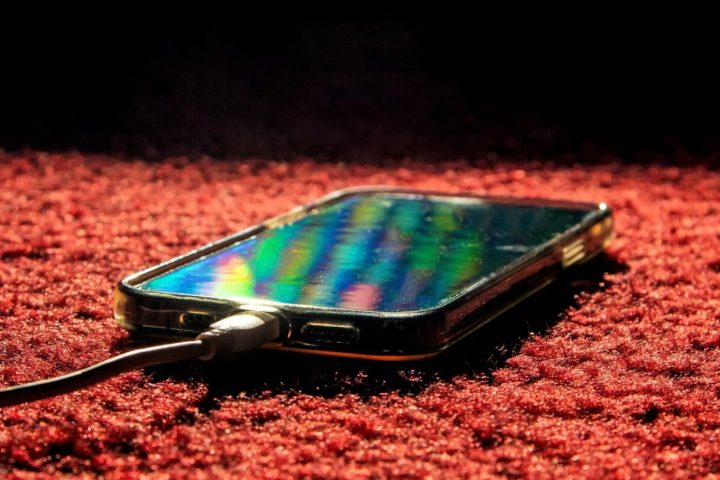vivo and ZEISS have announced the imaging technologies and trends that will take the smartphone photography experience to a whole new level in 2023.
Best-in-class smartphones are now measured not only by their classic flagship capabilities, but also by their ability to deliver the perfect photo frame or video every time.
Imaging has long ago become an important part of consumers’ smartphone purchasing criteria. 2023 will be a year of significant trends in smartphone imaging technologies.
[su_posts posts_per_page=”1″ tax_term=”22938″ offset=”1″ order=”desc” orderby=”id” post_status=”any” ignore_sticky_posts=”yes”]
vivo and ZEISS, who have made important breakthroughs in the fields of optics, hardware and software for three years as part of their collaboration to bring professional photography standards to the smartphone world, draw attention to the new mobile imaging trends expected this year and the features that users should pay attention to when making their choices.
Perfect shots even in low light conditions
Getting great shots in low light conditions is a challenge for smartphone cameras, but significant advances in recent years have made success more possible. 1-inch sensor imaging systems today deliver impressive results even in challenging lighting conditions.
1-inch sensors, which help bring more light to the sensor and lead to an improved signal-to-noise ratio, are a game changer in the industry. vivo and ZEISS predict that these sensors will raise the bar for mobile imaging to a whole new level in 2023.
On the other hand, Oliver Schindelbeck, Senior Smartphone Technology Manager at ZEISS Consumer Products, explains that they have seen a trend towards larger and more lens elements in the industry for years, and emphasizes that today it is no longer enough to use plastic lens elements to achieve the best possible image quality.
Noting that it is now common to include similar glass lens elements in professional photography equipment, Schindelbeck says that by combining high-end glass material with high-end plastics, they improve overall image quality and significantly reduce unwanted effects such as ghost resolution images, stray light and chromatic aberration.
Image processing is also now an important factor when shooting in low light conditions. Existing algorithms not only provide quality post-processing, but also open up new possibilities for image capture and scene analysis.
Algorithms and behind-the-scenes computational photography overcome the relatively small glass elements and sensors. Landscape detection and, in particular, grain reduction are two key features that benefit users who want to capture spectacular night shots.
To further optimize image tones, for example, an upgraded HDR algorithm is integrated into vivo’s flagship models. In a more recent development in imaging, flagship models now use specialized chips that combine high energy efficiency with the ability to run more powerful algorithms that greatly improve low-light shooting results.
Artistic image design
Portrait shots will always be popular, not just as photographs, but as emotional memories to be remembered in the future. At this point, portraiture is where mobile imaging devices are making a real difference.
People now want crystal-clear images, as well as devices that help them bring out the best in their artistic skills and take perfect portraits that they can keep as keepsakes or share on social media. vivo and ZEISS have made remarkable achievements in this regard.
For example, lens flares, which are often undesirable in photographs, especially when they occur uncontrollably, can in some cases actually add a completely artistic look and feel to a photograph.
A special mode can create a distinctive lens flare look in photos that people often see in many classic movies. When there is a strong light source in the frame or in the background, this effect can be prominently displayed.
More real and more natural photos
According to vivo and ZEISS, when it comes to professional imaging, the classic 50-millimeter lens should not be overlooked, as it has proven to be the perfect choice for portraiture according to many professional photographers.
Because the 50-millimeter lens has a field of view close to that of the human eye, it allows for natural-looking portraits. This lens also allows the subject to be shot from a reasonable distance of between 1 and 2 meters.
This way, people don’t feel nervous and can act and look more natural and relaxed, as the camera is not brought too close to them. The 50-millimeter lens is also able to deliver excellent quality even in low light conditions, which is often the weakest point of many lenses with the right aperture.
To ensure that consumers can fully appreciate the high quality of the images and videos the cameras can capture, the camera’s sensors and the screens of the vivo smartphones are subjected to extensive calibration. This allows users to see the photos captured by the lens in true color on the screen.





